
Environment
Dairy’s (climate) changing future
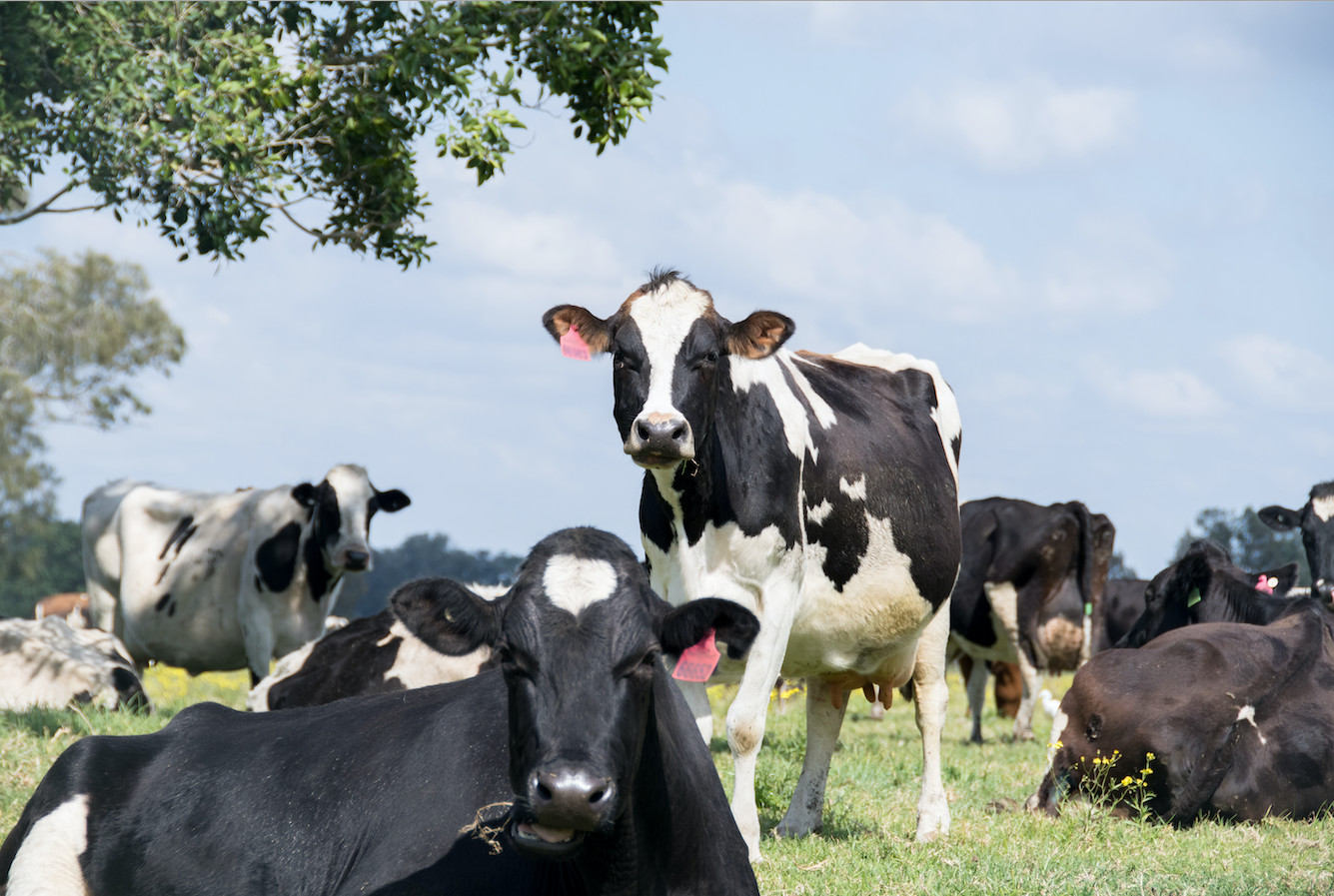
Heat stress is a key issue for the dairy industry, but some strategies may help to reduce the negative impacts on dairy cows and increase the resilience and sustainability of the industry
Published 25 May 2020
Global warming and soaring temperatures during summer bring a series of challenges for the dairy industry and the welfare of cows in warmer parts of the world.
Although considerable advances have been achieved in physical modification of the cow’s environment to reduce the direct exposure to heat and solar radiation and improve heat loss from the body – like shading and cooling – heat stress remains one of the greatest challenges in temperate and tropical countries, compromising animal welfare and dairy production.
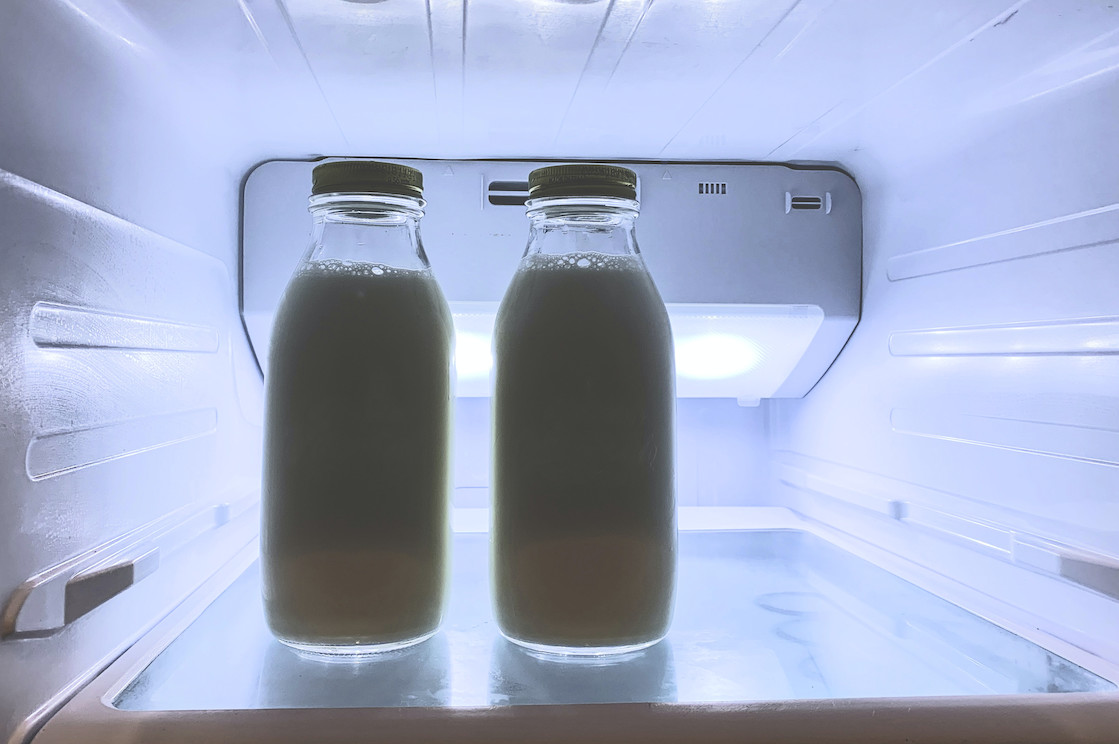
High ambient temperature and relative humidity (combined as the temperature humidity index or THI) limits an animal’s ability to lose or dissipate heat, which as it accumulates eventually leads to heat stress.
Dairy cows like other homeotherms – animals that maintain a constant body temperature – have temperature zones that allow for optimal production. This is when no extra effort or energy is required to maintain the animals normal body temperature, maximising the nutrients that can be partitioned for milk production without any adverse effects on the cow’s welfare.

Environment
Dairy’s (climate) changing future
However, when the cow is exposed to ambient temperature outside this zone, additional effort and energy is required to maintain normal core body temperature, and this may affect normal behaviour of the cow and compromises production.
In dairy cattle, body temperature begins to rise as the environmental temperature exceeds 25-26°C and thermoregulatory mechanisms are activated.
Cows are still able to maintain core body temperature but at the cost of some energy and changes to normal behaviour, like reduced feed intake, a reluctance to walk and graze, increased water intake, increased respiration rate and panting, excessive salivation and lower milk production to reduce metabolic heat production.
Our recent study conducted over the 2018-19 summer looked at 120 lactating dairy cows at the University of Melbourne’s Robotic Dairy at the Dookie Campus in Northeast Victoria.
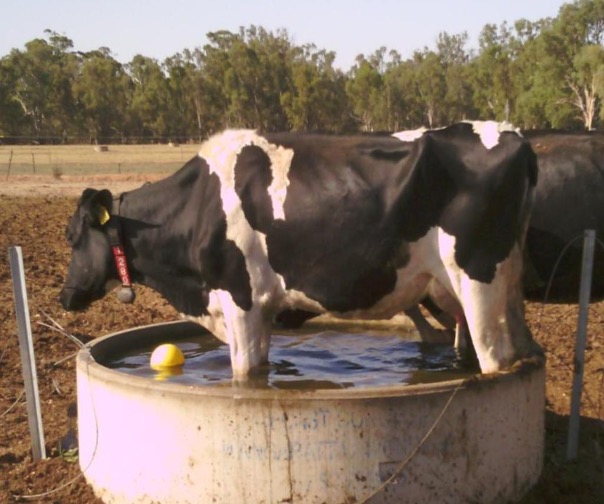
Results showed that December 2018 and January 2019 were very stressful for lactating dairy cows with THI ranging from 72 – 84 (a THI above 68 is considered stressful for lactating cows). Cows experienced significant increases in average body temperature (11 per cent), respiration rate (67 per cent) and panting scores (64 per cent).
On an average hot day with ambient temperature above 32°C, 95 per cent of cows sought shade and were reluctant to go to the paddocks for grazing.

Sciences & Technology
Silage: Rocket-fuel for cows
On hot days, most cows (60 per cent) were observed spending most of the day near the water bodies to cool down, and whole farm milk production fell 14 per cent.
Heat stress is the result of total heat load building on an animal because of environmental heat and metabolic heat produced in the body. Therefore, high-producing lactating dairy cattle tend to be more sensitive to heat stress, due to increased metabolic heat production because of the higher feeding requirements needed to support high milk yield
Moreover, continuous genetic selection of dairy cows for improved feed intake and higher milk yield may also affect the heat tolerance of cows because of some negative associations between thermotolerance and production traits.
Unfortunately, growing evidence suggest that global warming and climate change will further exacerbate the problem of heat stress with significant implications for dairy cattle production.
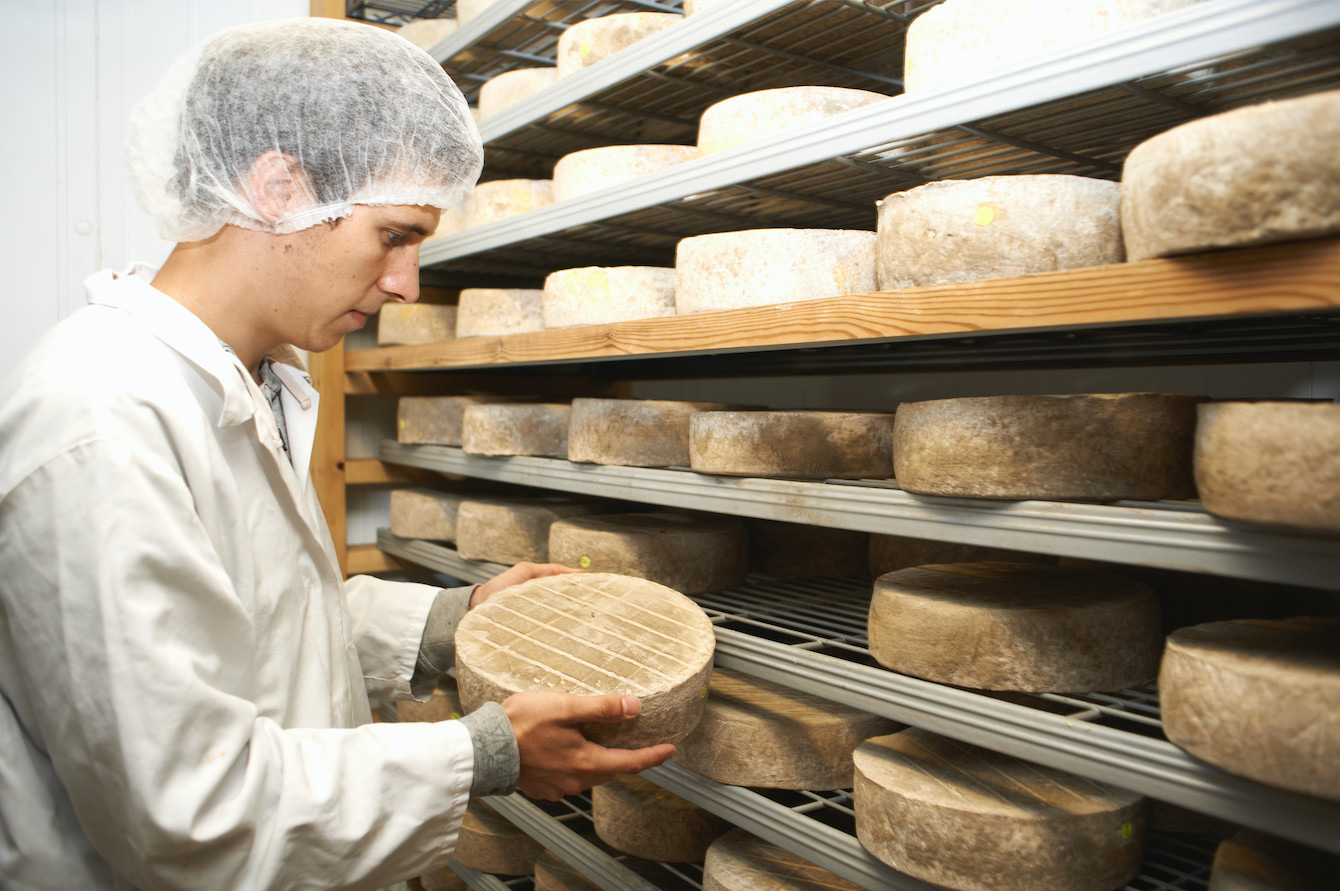
In Australia, a range of challenges have been predicted to occur for the livestock industry that will be affected by changes in environmental temperature. The Bureau of Meteorology declared that 2018 was Australia’s third-warmest year on record and the 2018-19 summer was the hottest on record.
In Australia, heat waves (three or more days of high maximum and minimum temperatures) are becoming hotter, longer and more frequent.

Environment
We can have urbanisation and enough to eat
In the years 2013-2017, there was a 27 per cent increase in the number of hot days above 35°C. An analysis of climatic data from temperate dairying regions in southern Australia demonstrated the increase in the total number of heat stress days (THI from 75 to 82) for the period from 1960 to 2008.
In the Murray Dairy region, the average number of consecutive days of heat stress conditions increased from two days per heat stress event in the period of 1960 to 1999, to four days per heat stress event in the period of 2000 to 2008. This is predicted to increase further into the future.
Heat stress is a key issue for the dairy industry however a number of factors may help to reduce the negative impacts of heat stress on dairy cows and increase the resilience and sustainability of the industry under a changing climate.
Firstly, researchers have identified genetic variation in dairy cows for thermotolerance and cooling capabilities which suggests that more heat tolerant cows can be selected for breeding in the future.
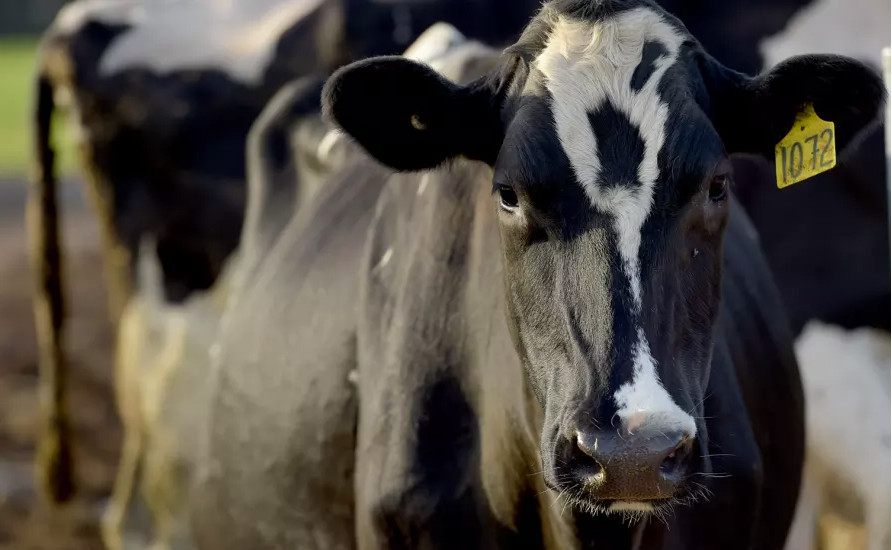
Increasing the provision of shades, shelters and water bodies will reduce the cow’s direct exposure to solar radiation and maximises heat dissipation from body, allowing the cow to cool down.
Nutritional strategies like the nutrient betaine, antioxidant supplementation or altering the rate of starch fermentation may be used to reduce metabolic heat production in cows and normalise metabolic changes caused by hot conditions.
In hot regions these strategies, as well as genetic selection in breeding for thermotolerance, will help cows to beat the heat.
This study was approved by FVAS Animal Ethics Committee (AEC ID # 1814645.1) and partially funded by the Department of Foreign Affairs and Trade through the Australia Awards Africa Postdoctoral Fellowship awarded to Dr Richard Osei-Amponsah, and by the Richard Nicolas Trust Fund 2018 awarded by Faculty of Veterinary and Agricultural Sciences to Dr Surinder Singh Chauhan.
Banner: Shutterstock